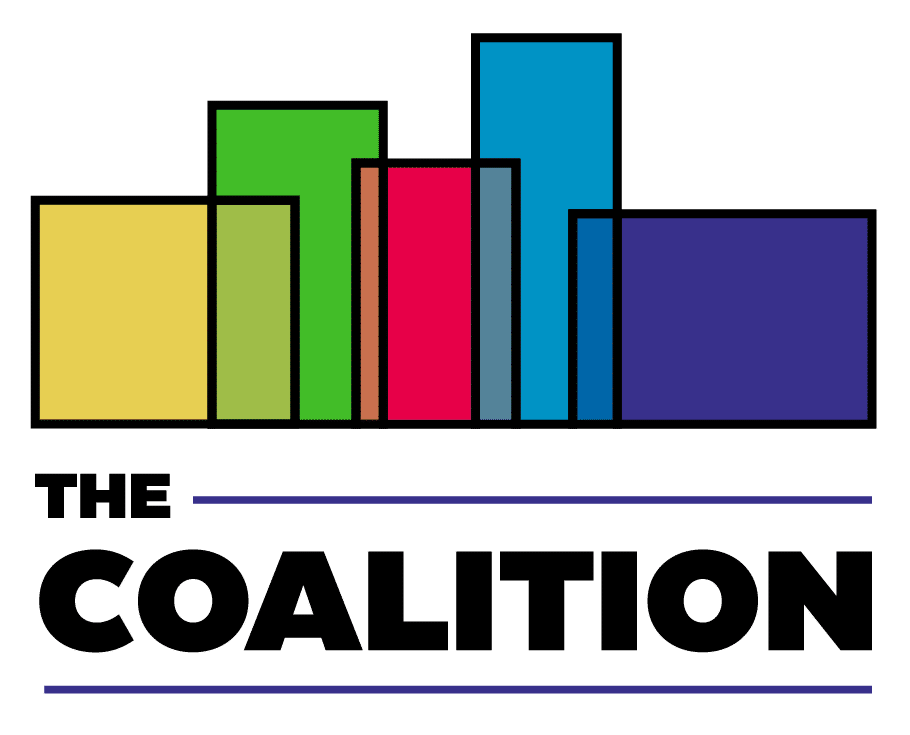Mayor Bowser has demonstrated visionary leadership in the creation and preservation of affordable housing, making it a cornerstone of her first two terms. Before the pandemic erupted, the District was on its way to an unparalleled commitment to produce 36,000 new units of housing by 2025, including 12,000 affordable housing units. The Mayor has taken advantage of federal relief assistance and the improving fiscal health of the District to recommit her administration to achieving these goals through significant increases in the FY23 budget and financial plan and bold affordable housing proposals to accompany them. CNHED applauds the Mayor and the Council for collaborating to improve and better integrate the many parts of the of the District’s affordable housing pipeline. Below are summaries of the outcomes of the budget and Budget Support Act (BSA).
